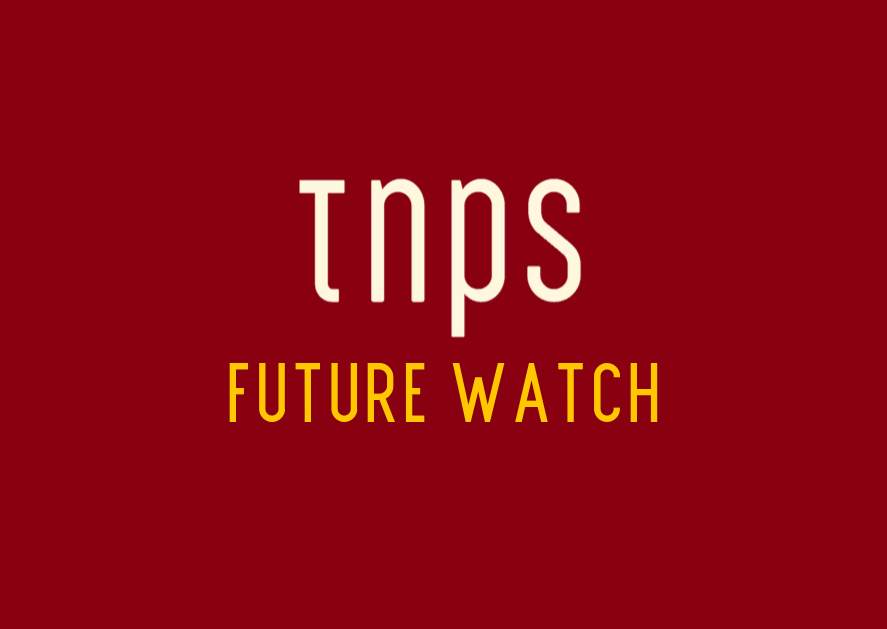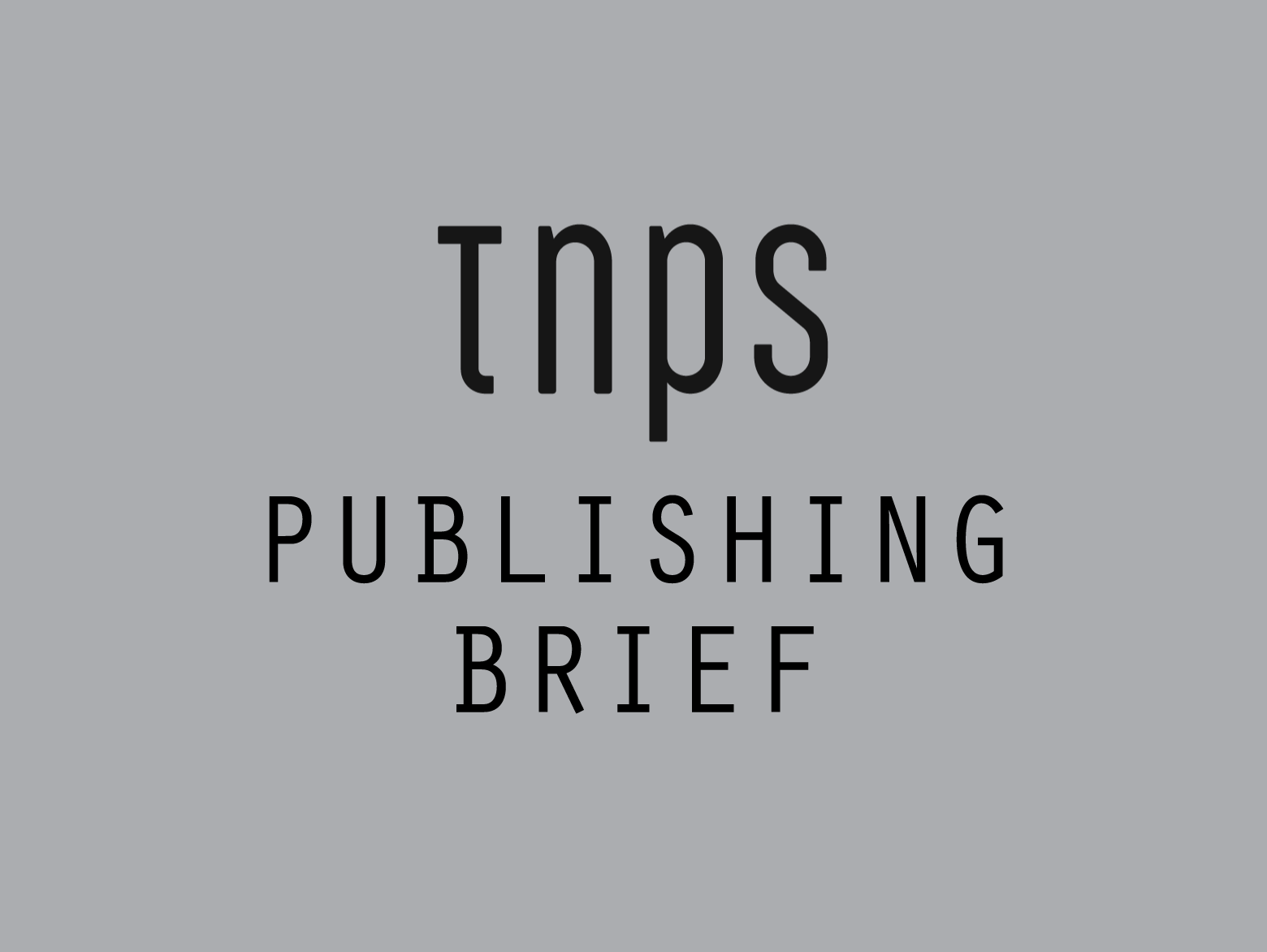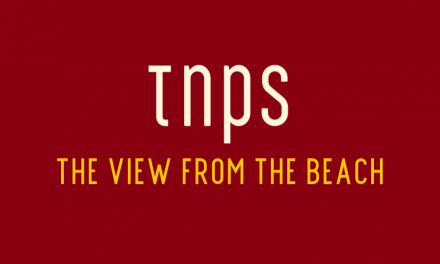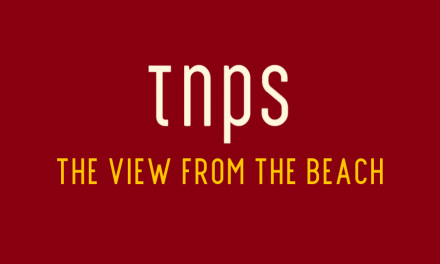“Generative AI represents an extraordinarily exciting time for artists as they continue to innovate by bridging together technology and creativity. It is a period that has the potential to support a new boon in creativity.”
In Australia 22 creator and creative economy organisations have made a joint announcement welcoming the Copyright and AI Reference Group that has been set up by Australia’s Attorney-General Mark Dreyfus.
In sharp contrast to the Never-AI rants leading the AI Resistance in other countries, the joint statement first affirms it fully recognises that, “The use of generative AI represents an extraordinarily exciting time for artists as they continue to innovate by bridging together technology and creativity. It is a period that has the potential to support a new boon in creativity.“
Amen to that!
The statement makes clear where it thinks current AI-practice is ethically, morally or legally on weak grounds, and asks for clarity in the law to close loopholes and give creators reasonable protection, without veering off into Luddite rants, tilting at imaginary AI windmills.
Without further comment, the full statement is copied below.
Our organisations represent the emerging and established creators and artists across the creative economy and includes every genre, artform and medium. Whether it’s art, music, design, screen, media, performance or books, we tell Australia’s stories and project our image around the world. Our industry is worth $90 billion to the national economy and includes the professional ecosystem that supports the creation and distribution of homegrown stories, art and composition.
Artificial intelligence is a major step change in technological advancement that will impact the workers and audiences who enjoy and love the fruits of our labour. The use of generative AI represents an extraordinarily exciting time for artists as they continue to innovate by bridging together technology and creativity. It is a period that has the potential to support a new boon in creativity.
The potential of generative AI to support the creative economy must come with clear guidelines to stop the proliferation of unauthorized copying of creator intellectual property. Regulation must look beyond the short-term hype of generative AI platforms to ensure the sustainability of the workforce who created the content that has powered and enabled generative AI software. AI is another development of computer science, subject to the same ethical and legal requirements as any other business. Input costs from creative industry labour to develop this computer science must be at the heart of the investor framework for generative AI both here and around the world.
Australia’s copyright laws are clear, simple and fit for purpose with the framework well set up for licensing AI development in Australia provided the rights of creators are respected. If there is copying or reproduction of works without permission, it is unlawful and certainly unethical. Similarly, the use of a person’s name, image and likeness without permission likely contravenes various other Australian laws. Generative AI tools that are used to copy an artists’ voice or authorial style without permission also raise many urgent legal questions. The potential impact of this type of unauthorised use of the work of Australian creators, including First Nations’ creators, has the potential to be extremely damaging to these livelihoods.
As a basis, the AI and Copyright reference group must adhere to the following key principles:
Align with Revive, the Australian Government’s national cultural policy, which commits to “maintaining a strong copyright framework that works in concert with other legal and policy mechanisms to … support the success and vibrancy of Australia’s cultural and creative sector”.
Ensure that generative AI models are only trained on legally obtained data sources that are: obtained and used with permission and agreed terms, which may include remuneration.
Transparency relating to ‘input’: ensure providers of public facing foundation models provide details of the copyrighted materials used, for what purpose and from where they were collected, and exclude sources that provide illegal access to copyright material.
Transparency relating to ‘output’: where practical, inform citizens when works are AI generated – to promote trust in all types of works. This indication also helps to avoid unfounded copyright claims.
Australia’s strong copyright framework is a sound and essential structural element for the continued growth of local Australian content and voices, and the economic and cultural value to our nation. The framework to support a sustainable cultural and creative ecosystem, extends beyond copyright, and Australia has the opportunity to develop a world leading and more robust approach that ensures the nation’s arts cultural and creative industries are primed to benefit from this technological development.
The Prime Minister articulated our national role at the launch of Revive in January: “Our artists help us celebrate what makes us different and rejoice in what we share … it is through our many and varied forms of artistic expression that we build our identity as a nation and a people – and that we project our culture to the world.”
We look forward to working with the Australian Government and members of the reference group to ensure that Australia is best placed to fully realise the benefits of a creative and technologically innovative nation.
[ENDS]
Signed:
Australasian Music Publishers’ Association Limited (AMPAL)
Australasian Performing Right Association (APRA) and Australasian Mechanical Copyright Owners Society (AMCOS)
Australian Craft and Design Centres (ACDC)
Australian Independent Record Labels Association (AIR)
Australian Guild of Screen Composers (AGSC)
Australian Music Centre (AMC)
Australia New Zealand Screen Association (ANZSA)
Australian Production Design Guild (APDG)
Australian Publishers Association (APA)
Australian Recording Industry Association (ARIA) and Phonographic Performance Company of Australia (PPCA)
Australian Screen Directors Authorship Collecting Society Ltd (ASDACS)
Australian Screen Editors (ASE)
Australian Society of Authors (ASA)
Australian Writers Guild (AWG)
Australian Writers Guild Authorship Collecting Society Ltd (AWGACS)
Copyright Agency
FreeTV Australia
National Aboriginal and Torres Strait Islander Music Office (NATSIMO)
National Association for the Visual Arts (NAVA)
NewsCorp Australia
Screenrights




